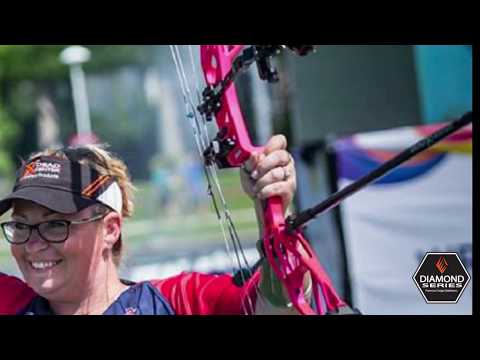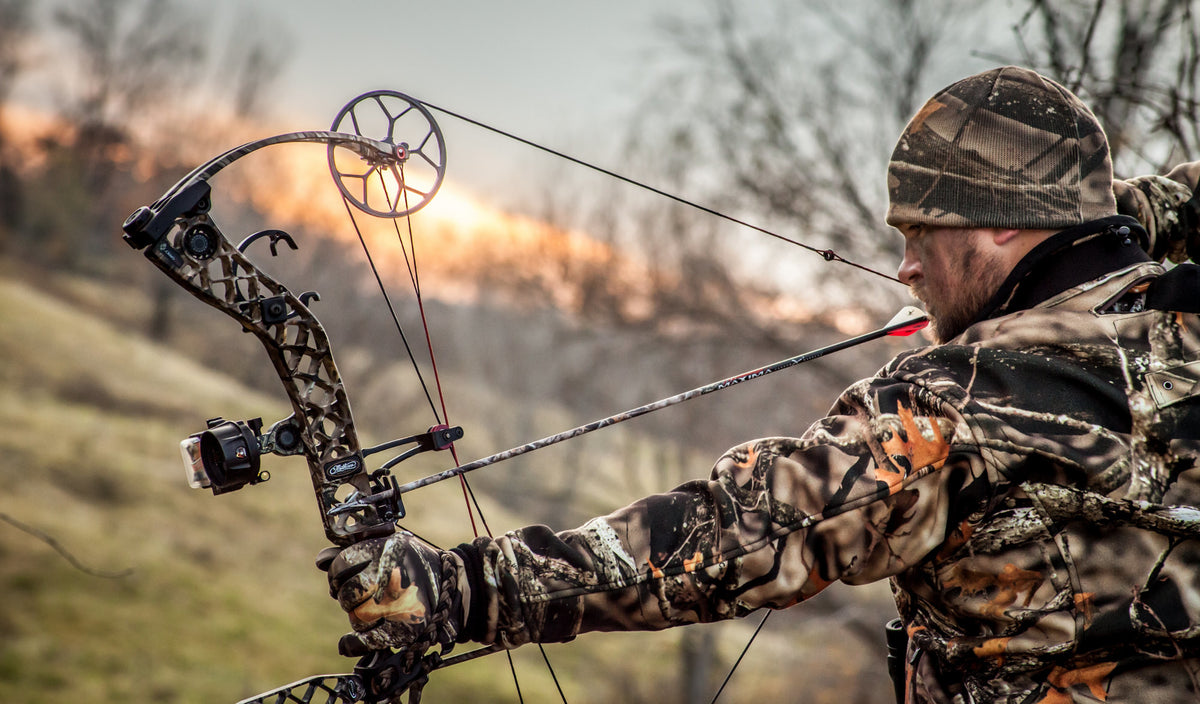Optimize Your Archery Precision With These Bow Stabilizer Strategies
One crucial component that can substantially impact your efficiency is the proper usage of bow stabilizers. Whether you are a seasoned archer looking to fine-tune your skills or a newbie eager to improve your precision, mastering these bow stabilizer techniques can be the key to striking your mark with unparalleled uniformity.
Advantages of Using Bow Stabilizers
Making use of bow stabilizers can considerably improve an archer's accuracy and general performance by minimizing bow torque and vibration. Additionally, bow stabilizers moisten vibration, which not only enhances the comfort of shooting yet additionally protects against the bow from leaping upon launch, hence assisting in keeping correct aim.
Additionally, bow stabilizers can help in holding the bow consistent, particularly during windy conditions or when shooting from longer distances. The included weight at the front of the bow provides stability and equilibrium, permitting the archer to concentrate on aiming without the interruption of bow motion. In general, the benefits of using bow stabilizers expand past just accuracy, enhancing the archer's experience and performance in various shooting scenarios.
Selecting the Right Bow Stabilizer
Choosing the proper bow stabilizer is vital for enhancing your archery devices and improving shooting efficiency. When selecting a bow stabilizer, there are several variables to take into consideration to ensure you find the appropriate fit for your needs. To start with, take into consideration the weight of the stabilizer. Heavier stabilizers can help in reducing bow torque and take in more vibration, bring about a steadier goal. Lighter stabilizers use more ability to move, which can be advantageous in particular shooting circumstances.

Lastly, take into consideration the design of the stabilizer. Some stabilizers include flexible weights or dampeners that enable you to tailor the balance and feel of your bow. Inevitably, picking the best bow stabilizer includes locating a balance between weight, layout, material, and length to enhance your shooting precision and general efficiency.
Correct Setup Techniques
To ensure optimal efficiency and safety in archery, understanding proper installment strategies for your bow stabilizer is vital. The initial action in setting up a bow stabilizer is to recognize the appropriate positioning on your bow. The majority of stabilizers are connected to the front of the riser, below the grip, to help counterbalance the weight of accessories such as quivers and sights. Ensure that the stabilizer is not interfering with other components or hindering your shooting kind.
Next, securely attach the stabilizer to the bow utilizing the ideal installing hardware. Some stabilizers come with flexible weights that can be added or gotten rid of to tweak the equilibrium of your bow.

Readjusting Stabilizer Weight and Length
After making certain the proper setup of your bow stabilizer, the following step includes adjusting the weight and size to optimize its efficiency in boosting archery accuracy. The weight of the stabilizer plays a vital role in reducing bow activity throughout the shot cycle. Adding weight to the stabilizer can assist improve and wet resonances stability, bring about more constant and accurate shots. On the various other hand, decreasing the weight can increase ability to move, which is valuable for scenarios needing quick target purchase.
A longer stabilizer can provide better security by raising the range between the bow and the my link weight at the end of the stabilizer. Conversely, a much shorter stabilizer uses much more maneuverability and might be liked by archers who value dexterity and fast motions during capturing.
Advanced Stabilizer Tuning Tips
Attaining ideal bow security and precision in archery demands a nuanced strategy to sophisticated stabilizer tuning. Advanced stabilizer adjusting includes fine-tuning numerous parts to improve the bow's balance, minimize vibration, and boost general precision. One crucial method is to experiment with various next stabilizer configurations, including back-bar and side-bar configurations, to locate the suitable balance between security and maneuverability for your capturing style. bow stabilizer. In addition, adjusting the angle and positioning of the stabilizer can have a substantial influence on how the bow reacts upon launch.
Another essential aspect of advanced stabilizer adjusting is maximizing the damping buildings of the stabilizer system. Discovering various materials for the stabilizer construction, such as carbon fiber or light weight aluminum, can also influence the bow's performance by modifying its weight distribution and rigidity.
Conclusion
In conclusion, making the most of archery precision can be achieved with the correct selection, installation, and change of bow stabilizers. In general, including bow stabilizers into archery method can lead to better efficiency and boosted precision.
Using bow stabilizers can substantially enhance an archer's accuracy and total performance by lessening bow torque and resonance. Longer stabilizers offer higher security and balance, particularly for long-distance capturing, while much shorter stabilizers supply more adaptability and are simpler to steer in tight areas (bow stabilizer). Carbon fiber stabilizers are visit the site light-weight and durable, while light weight aluminum stabilizers are durable and provide outstanding vibration moistening
A longer stabilizer can offer better stability by increasing the distance between the bow and the weight at the end of the stabilizer.Another important element of sophisticated stabilizer adjusting is enhancing the damping properties of the stabilizer system.
Comments on “Bow Stabilizer : Your Ultimate Overview to Improved Archery Accuracy”